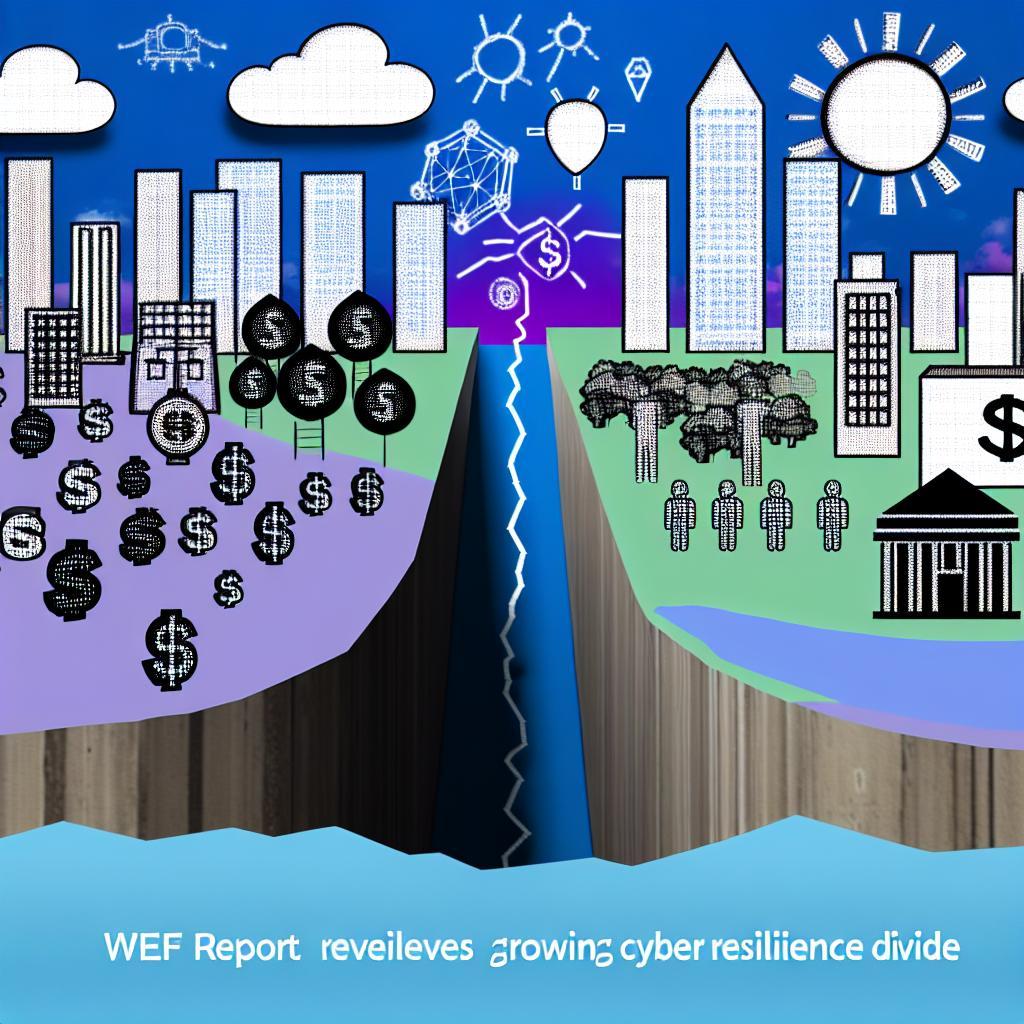– How does quantum cryptography differ from traditional cryptography methods?
Title: Quantum Cryptography Unveiled: The Future of Secure Communication
Introduction:
In today’s fast-paced digital world, cybersecurity has become a top priority for businesses and individuals alike. With the rise of cyber threats and hacking incidents, the need for secure communication channels has never been more critical. Quantum cryptography, a cutting-edge technology that leverages the principles of quantum mechanics to secure data transmission, is emerging as a game-changer in the field of cybersecurity.
What is Quantum Cryptography?
Quantum cryptography is a method of securing communications by harnessing the laws of quantum mechanics. Unlike traditional encryption methods that rely on complex mathematical algorithms, quantum cryptography uses the principles of quantum physics to achieve unconditional security. By encoding information in quantum states, such as the spin of a photon or the polarization of a photon, quantum cryptography ensures that any attempt to intercept or eavesdrop on the communication will be immediately detected.
How Does Quantum Cryptography Work?
1. Quantum Key Distribution (QKD): Quantum cryptography employs a technique known as Quantum Key Distribution (QKD) to generate and distribute secure cryptographic keys. These keys are used to encrypt and decrypt the data transmission, ensuring that only the intended recipients can access the information.
2. Quantum Entanglement: Quantum cryptography also leverages the phenomenon of quantum entanglement, where two particles become entangled and their states are correlated. By sharing entangled particles, users can establish a secure communication channel that is immune to eavesdropping.
Benefits of Quantum Cryptography:
1. Unconditional Security: Quantum cryptography provides unconditional security, meaning that it is theoretically impossible for any third party to intercept or decode the encrypted data without being detected.
2. Future-Proof Encryption: Quantum cryptography offers a level of security that is resistant to advances in computing power, making it an ideal solution for long-term data protection.
3. Enhanced Privacy: Quantum cryptography ensures the privacy of communication by detecting any attempt to compromise the security of the transmission.
Case Studies:
1. Government Agencies: Many government agencies around the world are exploring the use of quantum cryptography to protect sensitive information and communications from cyber threats.
2. Financial Institutions: Banks and financial institutions are also turning to quantum cryptography to safeguard financial transactions and customer data from cyber attacks.
Practical Tips for Implementing Quantum Cryptography:
1. Invest in Quantum-Safe Infrastructure: To leverage the benefits of quantum cryptography, organizations should invest in quantum-safe infrastructure and protocols to secure their communication channels.
2. Training and Awareness: Training employees on the principles and best practices of quantum cryptography is essential to ensure the successful implementation of this technology.
Conclusion:
Quantum cryptography represents the future of secure communication, offering unparalleled levels of security and privacy for businesses and individuals. As the threat landscape continues to evolve, embracing quantum cryptography is a proactive step towards safeguarding sensitive information and protecting against cyber attacks. By harnessing the power of quantum mechanics, organizations can stay ahead of the curve and ensure the confidentiality of their data in an increasingly digital world.







